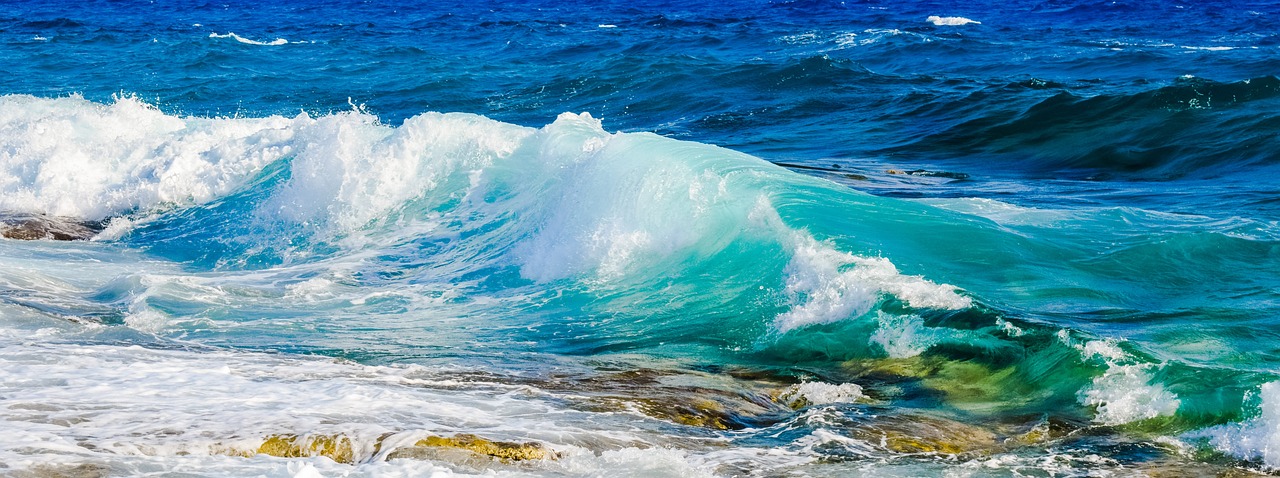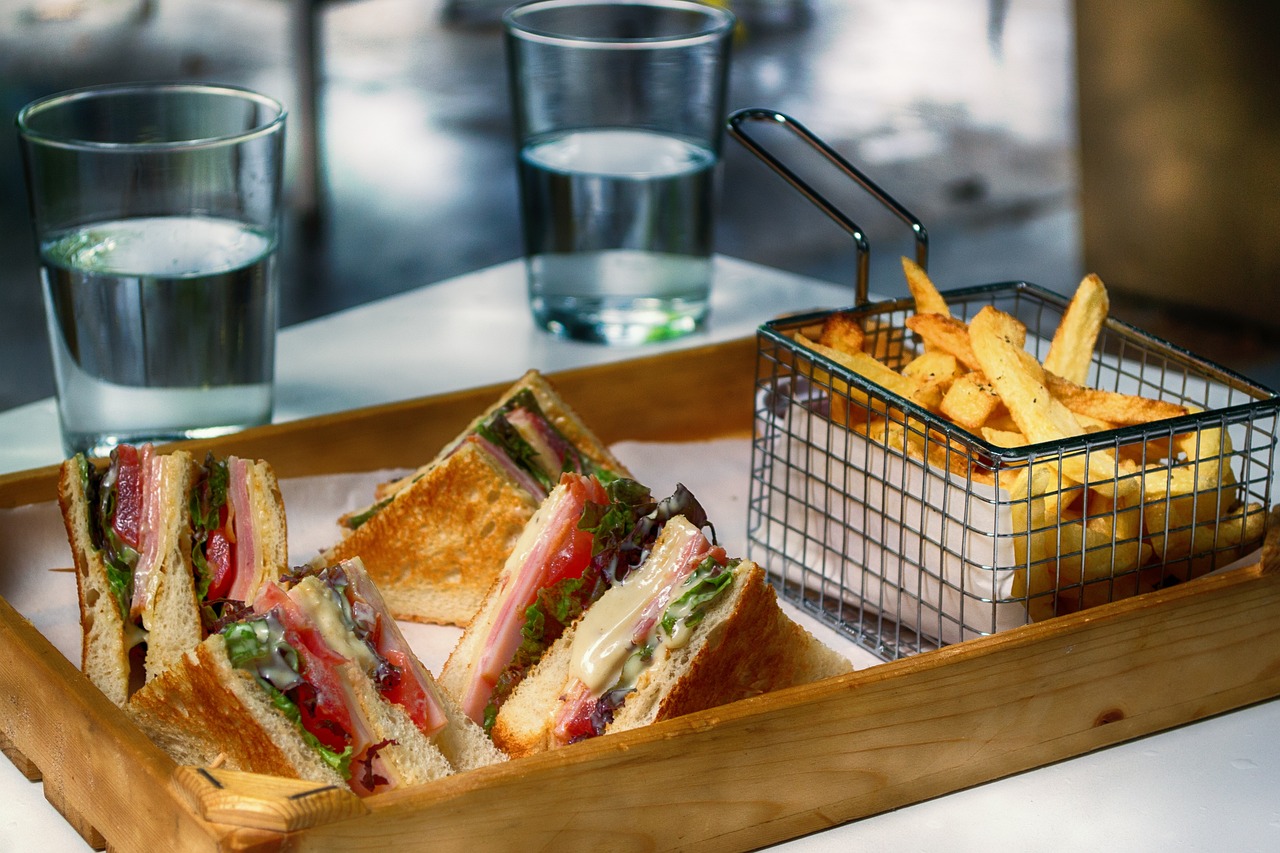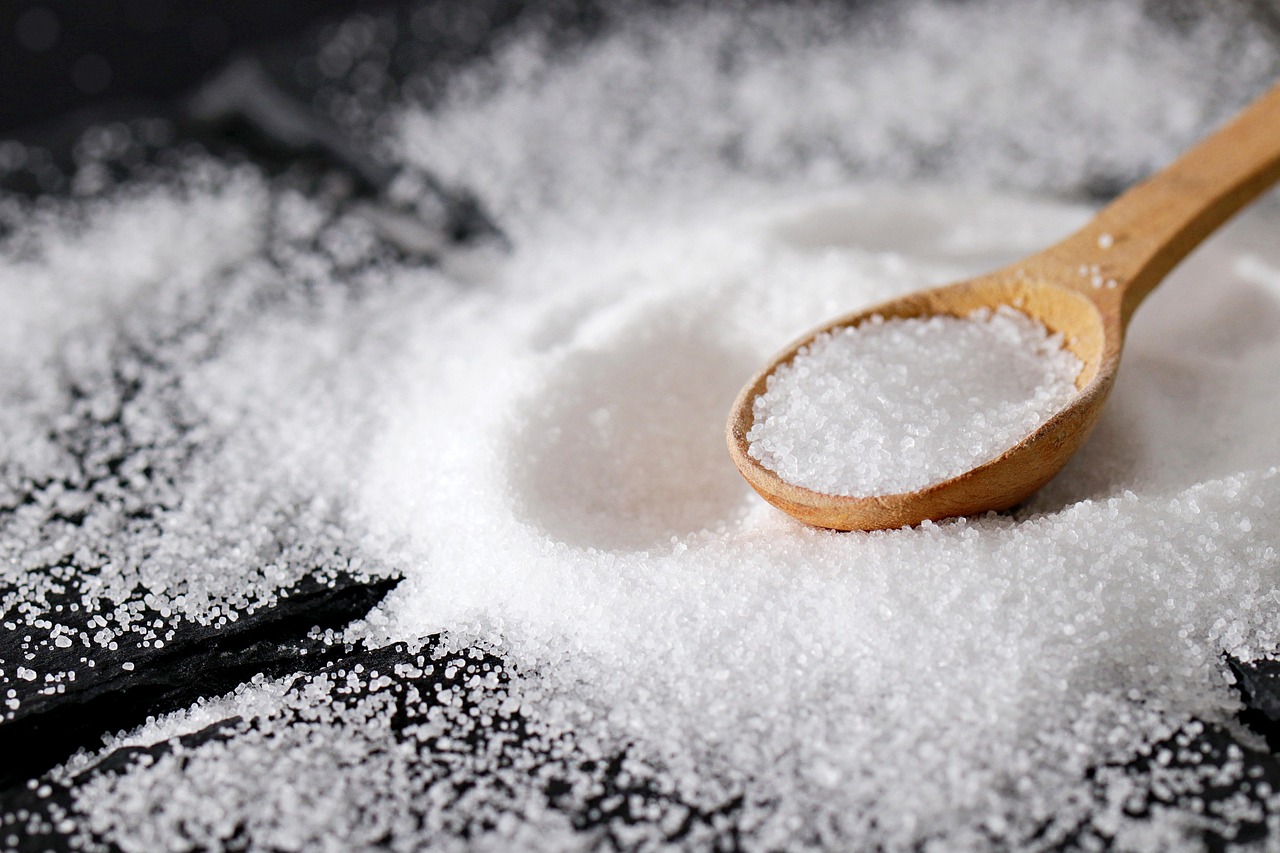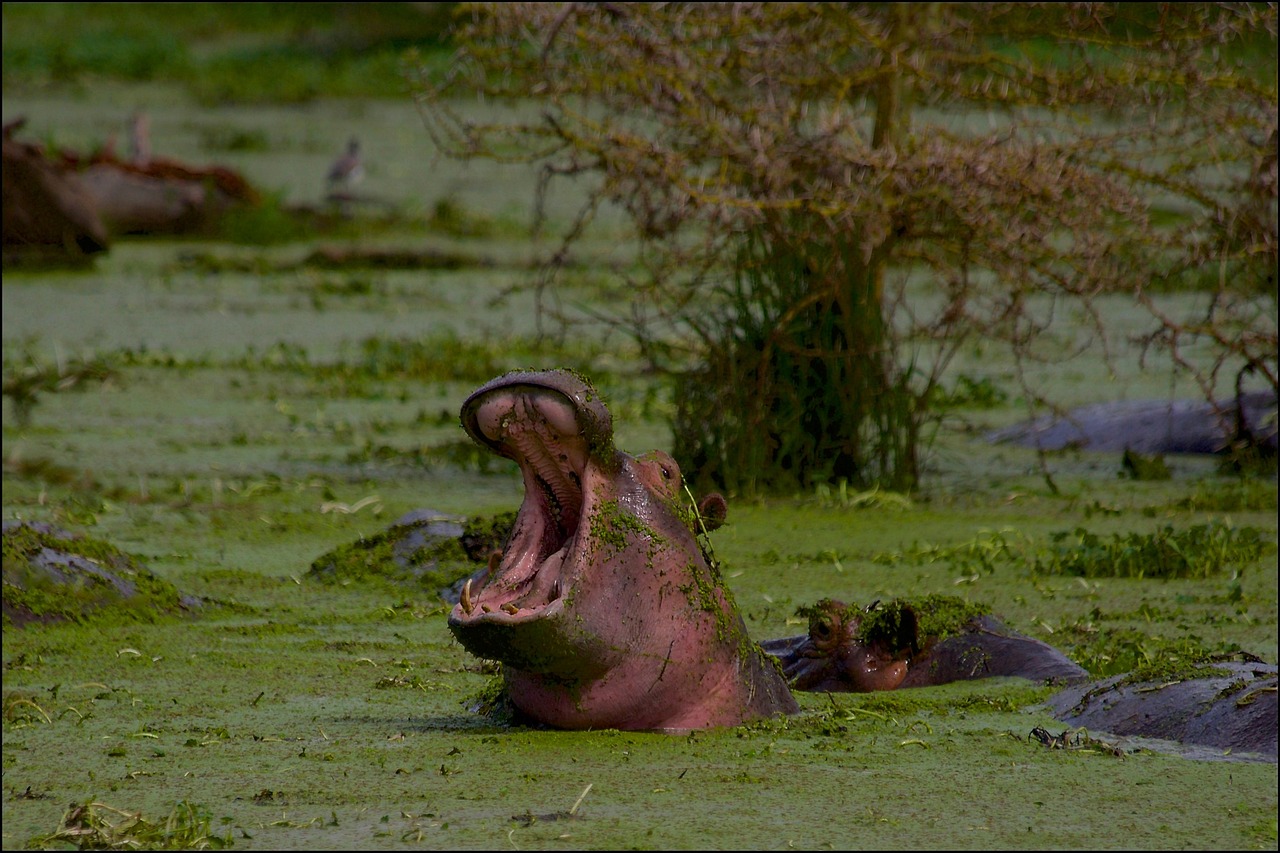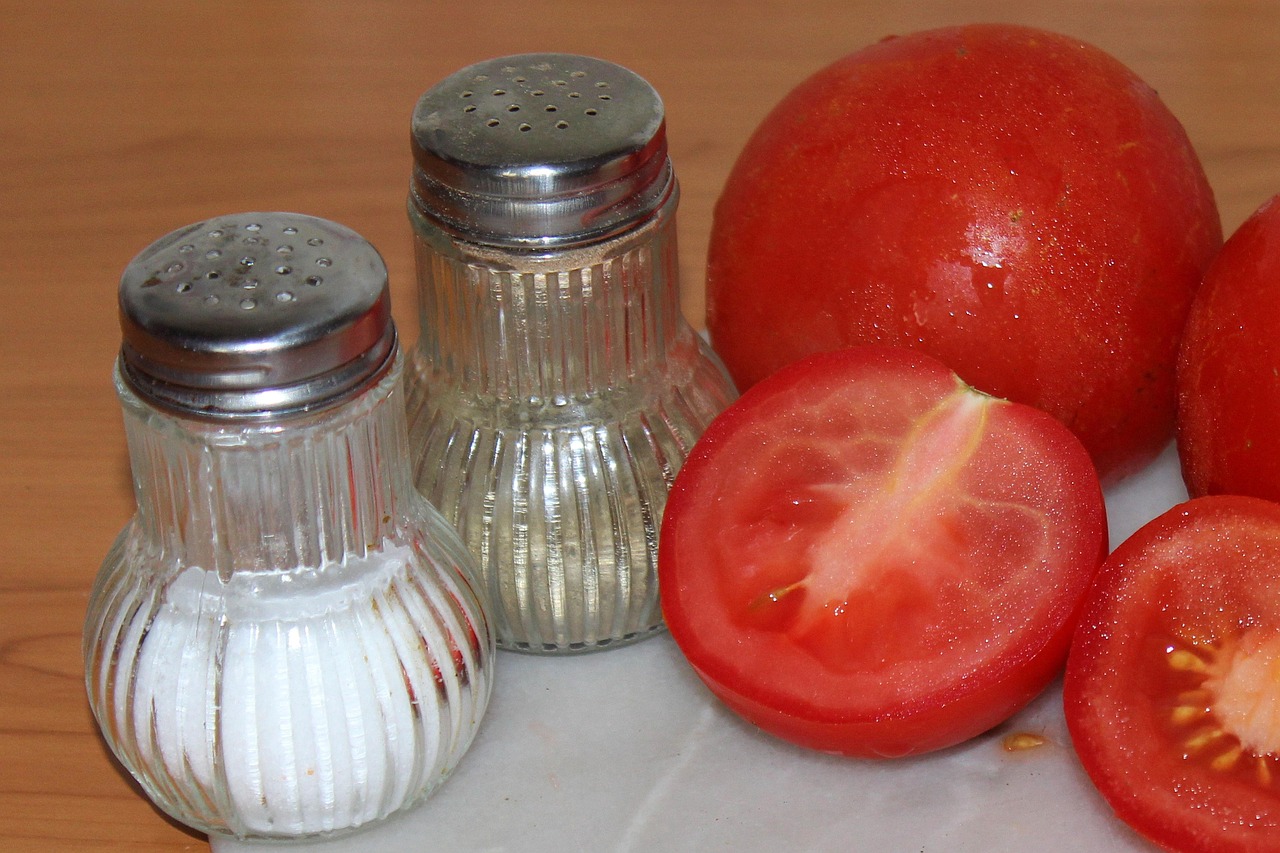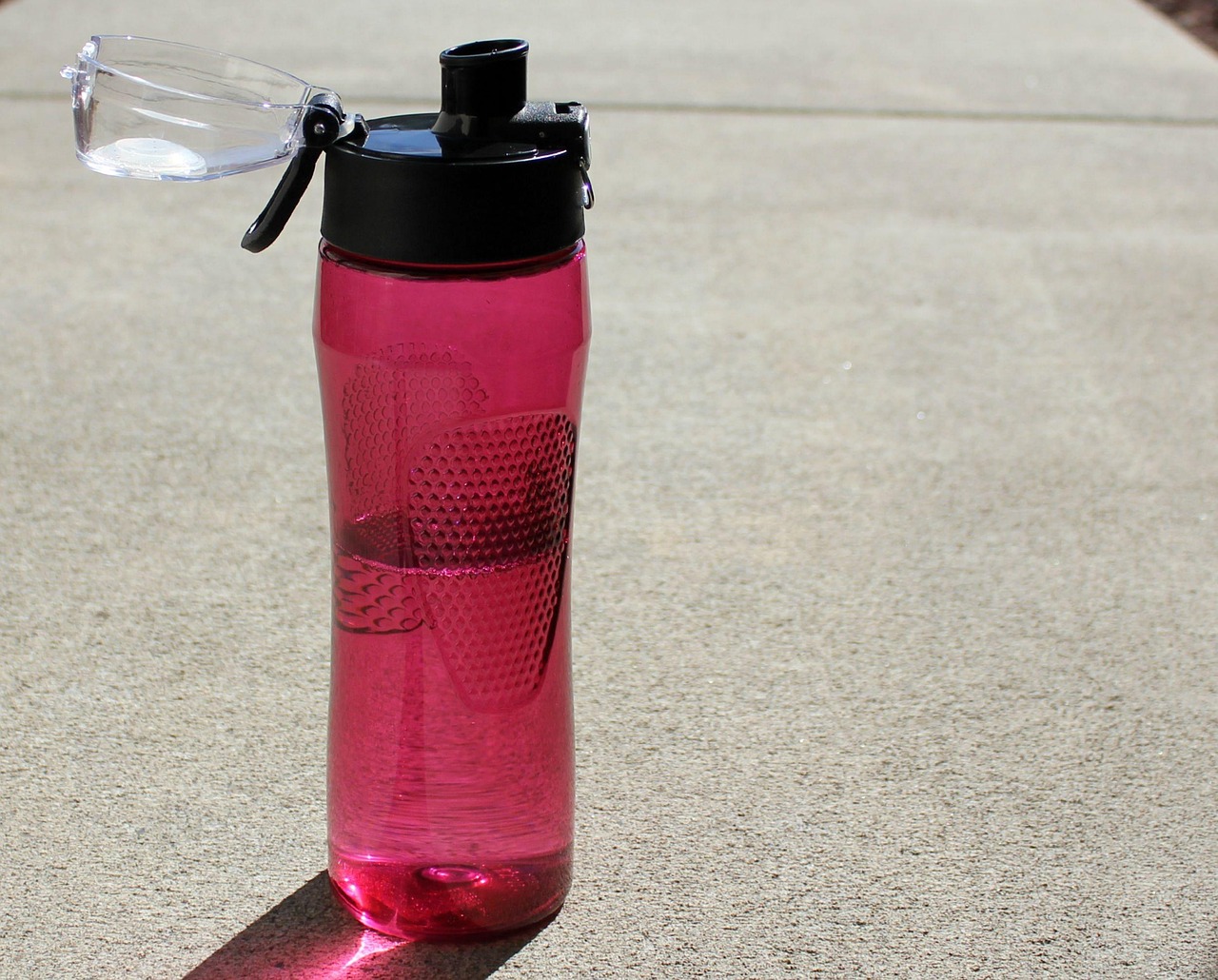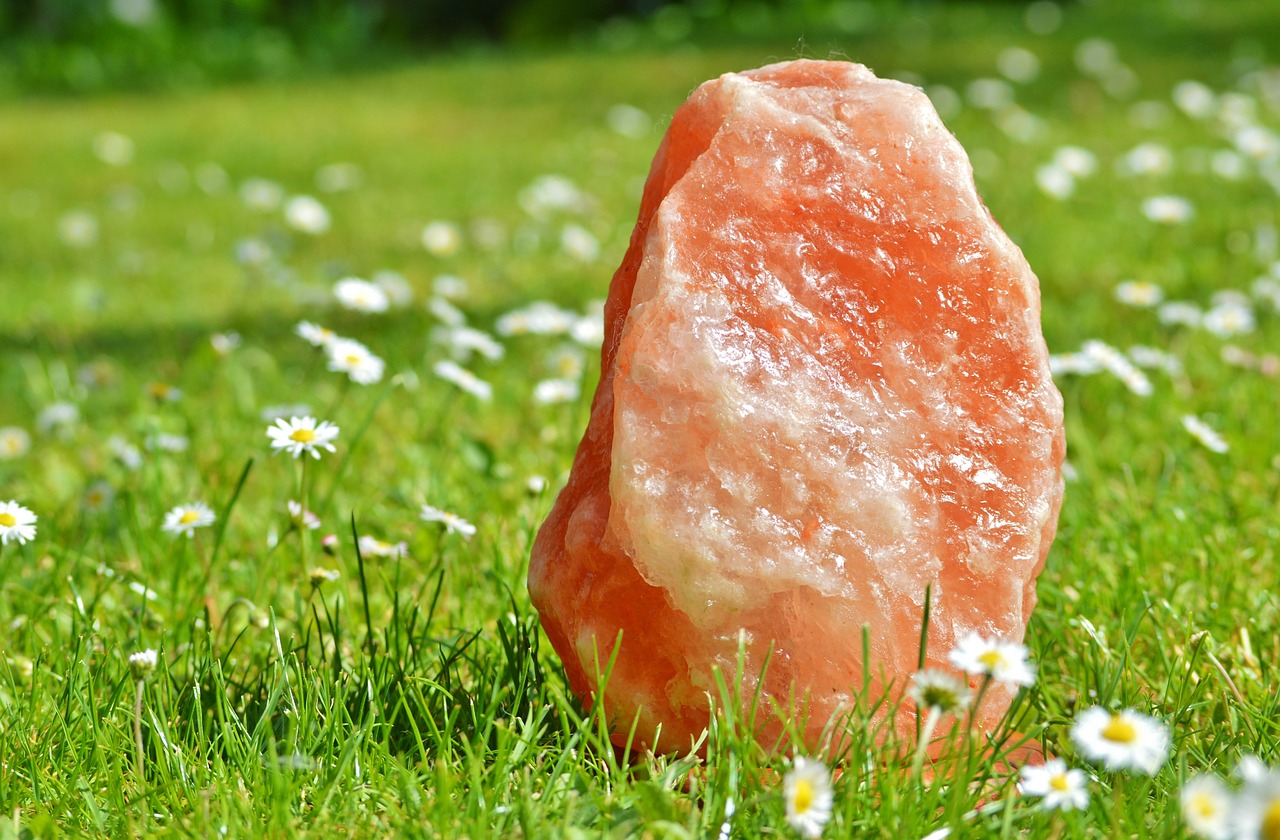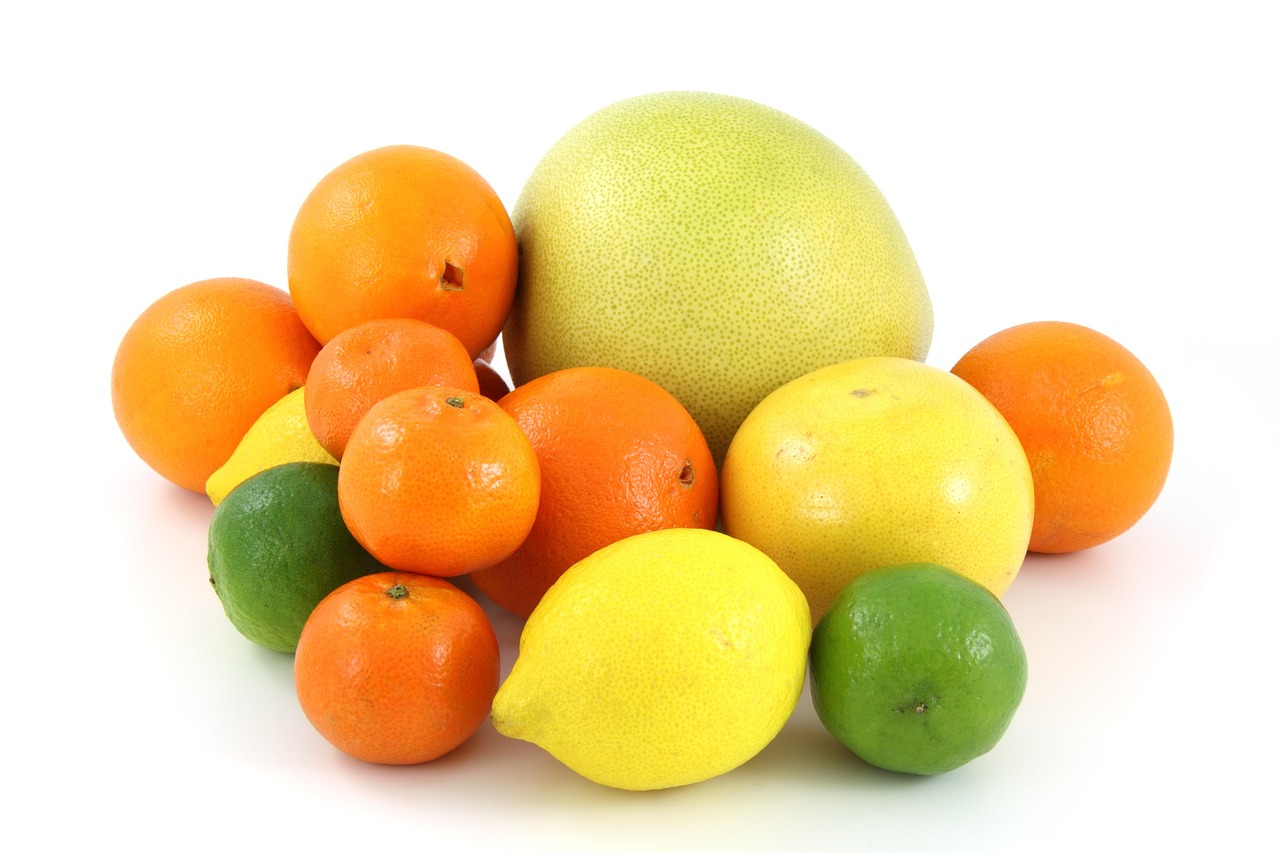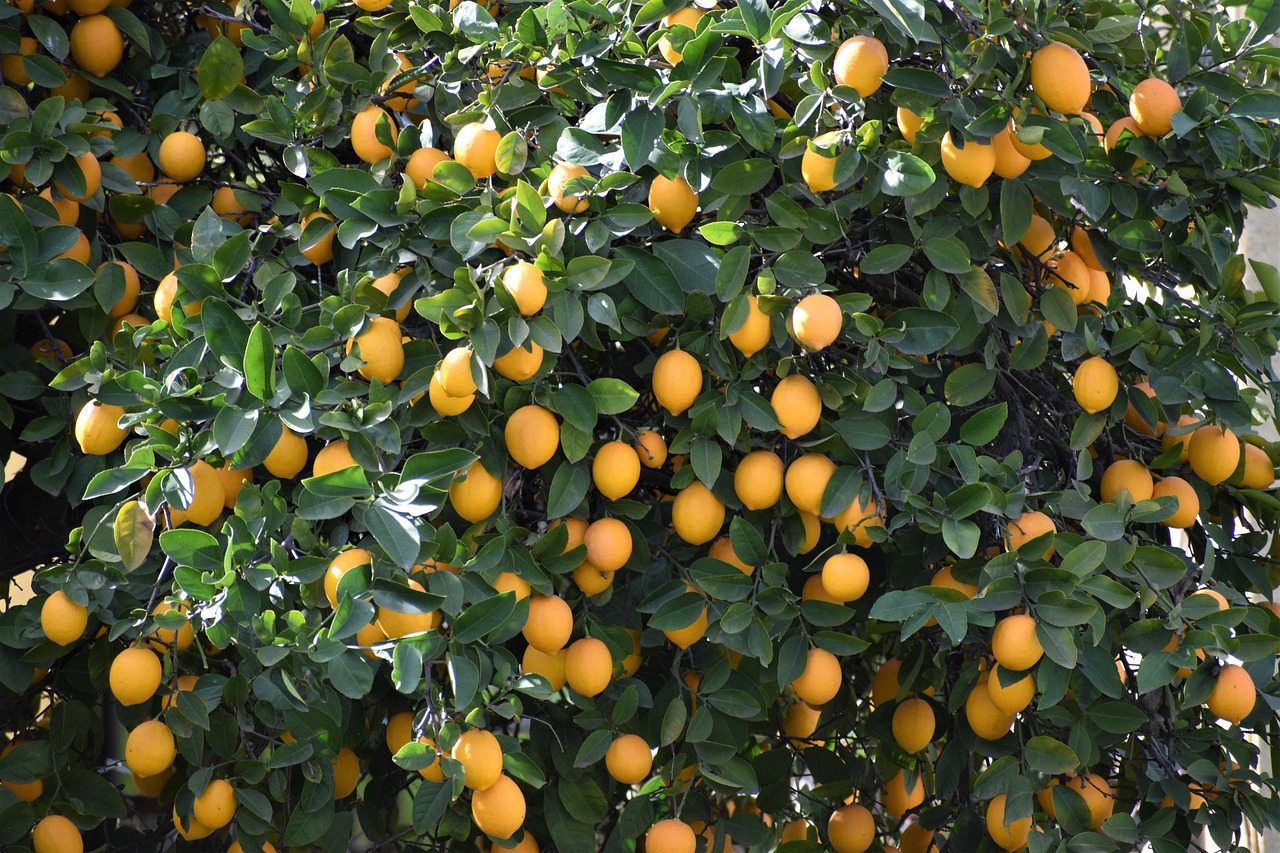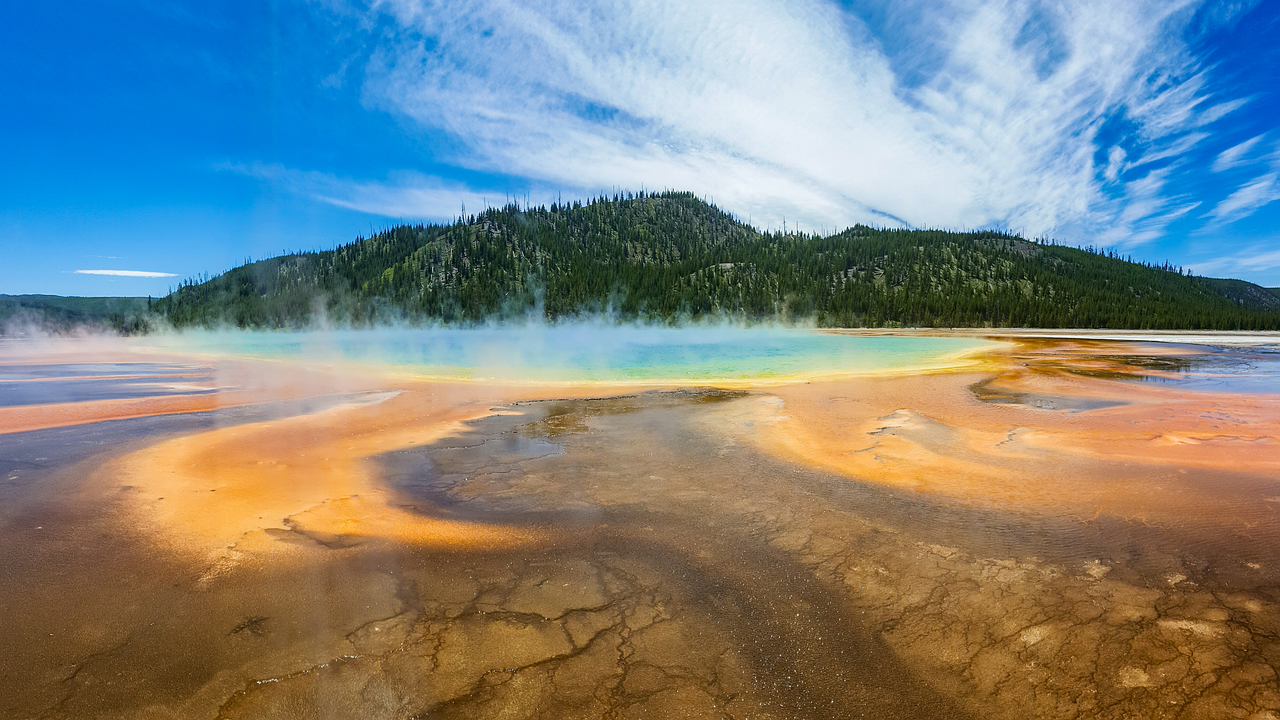The phenomenon known as the Mpemba effect is a fascinating topic that has puzzled scientists and enthusiasts alike for decades. It refers to the counterintuitive observation that, under certain conditions, warm water can freeze faster than cold water. This article aims to delve into the intricacies of the Mpemba effect, exploring its scientific basis, historical significance, and practical implications.
Understanding the Mpemba Effect
The Mpemba effect is named after Erasto Mpemba, a Tanzanian student who, in the 1960s, observed that hot ice cream mixture froze faster than a cold one. This observation sparked interest and debate among scientists, leading to various experiments aimed at unraveling the mystery behind this phenomenon. The significance of the Mpemba effect lies not only in its counterintuitive nature but also in its potential applications across different scientific fields.
The Science Behind Freezing Water
To grasp why warm water can freeze faster, it is essential to understand the fundamental principles of freezing. When water cools, its molecules lose kinetic energy, slowing down and eventually forming a solid structure. However, the dynamics change when dealing with warm water.
- Molecular Dynamics of Water: Water molecules exhibit different behaviors at varying temperatures. At higher temperatures, molecules possess greater kinetic energy, which can influence how quickly they transition to an ice state.
- Temperature and Kinetic Energy: The relationship between temperature and molecular movement is crucial. As the temperature rises, the increased kinetic energy can lead to faster freezing under specific conditions.
Hydrogen Bonding in Water
Another critical aspect of the Mpemba effect is the unique hydrogen bonding in water. These bonds play a significant role in the freezing process, as they dictate how water molecules arrange themselves when transitioning to ice. In warm water, the presence of dissolved gases and impurities can also affect the freezing process, further complicating the phenomenon.
Environmental Factors Influencing Freezing
Several external factors can impact the rate at which water freezes. Factors such as container shape, air pressure, and surrounding temperature can all play a role in the Mpemba effect. For instance, a shallow container allows for quicker heat loss, which might facilitate faster freezing of warm water compared to cold water in a deeper container.
Experimental Evidence of the Mpemba Effect
Numerous experiments have been conducted to validate the Mpemba effect. Researchers have explored various conditions and variables to observe the freezing rates of warm versus cold water. Some notable studies have shown that under specific circumstances, warm water can indeed freeze faster, although the exact mechanisms remain a topic of debate.
- Notable Experiments and Findings: Various scientists have contributed to our understanding of the Mpemba effect, providing valuable insights through their experiments.
- Limitations and Controversies: Despite the intriguing nature of the Mpemba effect, it has not been universally accepted. There are ongoing discussions regarding the limitations of current research and the need for further exploration.
Practical Implications of the Mpemba Effect
Understanding why warm water can freeze faster has practical applications in various fields. For instance, in ice-making processes, knowing how to manipulate water temperature can lead to improved efficiency. Additionally, the Mpemba effect can have implications in food preservation, where rapid freezing can enhance quality and longevity.
Applications in Everyday Life: From making ice cubes to freezing food items, the Mpemba effect can influence daily activities in surprising ways.
Implications in Scientific Research: The Mpemba effect’s broader implications extend to fields such as climate science and physics, where understanding the behavior of water under different conditions can lead to new insights and advancements.
In summary, the Mpemba effect remains a captivating topic within the scientific community, highlighting the complexities of water behavior. Ongoing research continues to shed light on this phenomenon, underscoring its significance and potential applications.

Understanding the Mpemba Effect
The Mpemba effect is a fascinating and somewhat perplexing phenomenon in the field of thermodynamics, where warm water can freeze faster than cold water under specific conditions. This counterintuitive occurrence has intrigued scientists and laypeople alike, prompting numerous studies and discussions about its underlying mechanisms. Understanding the Mpemba effect not only sheds light on the complexities of water behavior but also highlights its historical significance in scientific research.
The origins of the Mpemba effect can be traced back to the 1960s when a Tanzanian student named Erasto Mpemba observed that hot ice cream mixture froze faster than a cold one during a school experiment. Initially dismissed, his findings sparked interest among scientists, leading to further investigations. This phenomenon challenges conventional wisdom, as one would typically assume that colder water, having less thermal energy, would freeze more quickly.
To grasp the Mpemba effect, it’s essential to consider the fundamental principles of freezing water. As water cools, its molecules lose kinetic energy, which allows them to form solid structures. However, the dynamics of this process can be affected by several factors, including:
- Molecular Movement: At higher temperatures, water molecules exhibit increased kinetic energy, which can lead to unique interactions as they begin to cool.
- Evaporation: Warm water can experience a greater rate of evaporation, reducing the volume of water that needs to freeze.
- Container Shape: The geometry of the container holding the water can influence cooling rates, with some shapes promoting faster heat loss.
Research has shown that the Mpemba effect can be influenced by environmental factors such as air pressure and surrounding temperature. For instance, in a colder environment, the rate of heat loss from warm water may be accelerated, leading to faster freezing. Additionally, the presence of impurities in the water can also play a role, as they may affect the freezing point and the structure of the ice formed.
Numerous experiments have been conducted to validate the Mpemba effect, with varying results. Some researchers have successfully replicated Mpemba’s original observations, while others have encountered challenges in achieving consistent results. The discrepancies in findings have led to debates within the scientific community about the reliability of the effect and the conditions under which it occurs.
Despite the controversies, the Mpemba effect holds practical implications in various fields. For example, understanding this phenomenon can enhance processes in food preservation and ice-making. Additionally, insights gained from studying the Mpemba effect can contribute to broader scientific inquiries, including climate science and material physics.
In summary, the Mpemba effect is an intriguing topic that continues to captivate scientists and researchers. Its historical context and the ongoing exploration of its mechanisms underscore the complexities of water behavior. As research progresses, we may uncover more about this enigmatic phenomenon and its implications across different scientific domains.

The Science Behind Freezing Water
The phenomenon of water freezing is a fascinating topic that encompasses various scientific principles. Understanding the intricacies of how water transitions from a liquid to a solid state is crucial in grasping why warm water can sometimes freeze faster than cold water. This section delves into the science behind freezing water, exploring essential concepts such as molecular dynamics, temperature effects, and the unique properties of water.
To fully grasp the Mpemba effect, it is vital to explore the fundamental principles of freezing and how temperature influences this process. The freezing of water is not just a simple cooling down; it involves complex interactions at the molecular level.
Water molecules exhibit different behaviors based on their temperature. At higher temperatures, molecules possess greater kinetic energy, which allows them to move more freely. As the temperature decreases, this kinetic energy diminishes, leading to a more ordered arrangement of molecules. When water freezes, these molecules form a crystalline structure, creating ice. The speed at which this transition occurs is influenced by the initial temperature of the water.
The relationship between temperature and kinetic energy is crucial in the freezing process. When water is heated, the increased molecular motion can lead to a scenario where, under certain conditions, warm water freezes faster than cold water. This counterintuitive result can be attributed to several factors, including evaporation and convection currents that may occur in the warm water.
Another essential aspect of freezing water is the role of hydrogen bonding. Water molecules are polar, meaning they have a positive and negative end. This polarity leads to the formation of hydrogen bonds, which are responsible for many of water’s unique properties. During the freezing process, these bonds play a critical role in how water molecules arrange themselves into a solid form. The ability of warm water to lose energy more rapidly can enhance the formation of these bonds, potentially leading to faster freezing.
Several external factors can affect the rate at which water freezes. For example, the shape and material of the container holding the water can impact heat transfer rates. Additionally, environmental conditions such as air pressure and surrounding temperature can also play significant roles in the freezing process. Understanding these variables is essential for comprehending the Mpemba effect and its implications.
Numerous experiments have been conducted to validate the Mpemba effect, revealing intriguing insights into the freezing process. Researchers have observed that under specific conditions, warm water can indeed freeze faster than cold water. These studies often highlight the complexities involved in the freezing process and the various factors that contribute to this phenomenon.
Despite its intriguing nature, the Mpemba effect is not universally accepted within the scientific community. Some researchers argue that the effect is not consistently reproducible, leading to ongoing debates about its validity. Understanding the limitations of current research is crucial for anyone looking to delve deeper into this captivating topic.
In summary, the science behind freezing water encompasses a variety of factors, including molecular dynamics, temperature effects, and environmental influences. By exploring these concepts, we can better understand the fascinating phenomenon of the Mpemba effect and its implications in both everyday life and scientific research.
Molecular Dynamics of Water
Water is a substance that exhibits fascinating properties, particularly when it comes to its molecular dynamics across different temperatures. Understanding how water molecules behave as they transition from liquid to solid is crucial in exploring the phenomenon known as the Mpemba effect. This section delves into the intricate relationship between temperature, kinetic energy, and the formation of solid structures during the freezing process.
At higher temperatures, water molecules possess greater kinetic energy. This increased energy leads to more vigorous molecular motion, causing the molecules to collide with one another more frequently and with greater intensity. As a result, the arrangement of water molecules becomes less orderly, making it difficult for them to form stable ice structures. In contrast, when water is cooled, the kinetic energy of the molecules decreases, allowing them to move closer together and form hydrogen bonds, which are essential for the solidification process.
When water begins to freeze, the molecules start to slow down significantly. This slowing down allows them to arrange themselves into a crystalline structure, forming ice. The unique hydrogen bonding characteristic of water plays a pivotal role in this process. Each water molecule can form up to four hydrogen bonds with neighboring molecules, creating a stable lattice structure that defines ice. This structure is less dense than liquid water, which is why ice floats.
Interestingly, the rate at which water freezes is not solely dependent on temperature but also on how quickly the water can lose its heat. For example, warm water can sometimes freeze faster than cold water due to several factors, including evaporation and convection currents. As warm water loses heat, it can create a more conducive environment for ice formation, particularly if the conditions are right. The evaporation of warmer water can lead to a decrease in volume, allowing the remaining water to freeze more rapidly.
| Temperature (°C) | Kinetic Energy | Freezing Rate |
|---|---|---|
| 0 | Low | Slow |
| 20 | Medium | Moderate |
| 60 | High | Fast (under certain conditions) |
Moreover, the shape of the container holding the water can also influence the freezing process. A wider container allows for greater surface area, which can enhance heat loss and facilitate faster freezing. Additionally, external environmental factors such as air pressure and surrounding temperature can further impact the freezing dynamics of water. For instance, lower air pressure can lower the boiling point of water, potentially affecting how quickly it cools down.
In summary, the molecular dynamics of water reveal a complex interplay between temperature, kinetic energy, and freezing behavior. As water transitions from a liquid to a solid state, the kinetic energy of the molecules decreases, allowing them to form the stable hydrogen bonds necessary for ice formation. This understanding not only sheds light on the Mpemba effect but also emphasizes the remarkable properties of water that contribute to its unique behavior in various conditions.
Temperature and Kinetic Energy
The relationship between temperature and kinetic energy is fundamental to understanding the behavior of water as it transitions from a liquid to a solid state. In this section, we will explore how these two concepts interact and contribute to the freezing process.
At its core, temperature is a measure of the average kinetic energy of the molecules in a substance. When water is heated, the energy supplied to the molecules causes them to move more vigorously. This increased motion leads to a higher kinetic energy state, which affects the freezing process significantly.
When water is at a higher temperature, the molecules possess greater kinetic energy, which results in faster molecular movement. This rapid movement can create a situation where, paradoxically, warm water may freeze more quickly than cold water in certain conditions—a phenomenon known as the Mpemba effect.
To delve deeper into this phenomenon, we must consider how kinetic energy influences the formation of ice. As water cools, the kinetic energy of its molecules decreases. When the temperature drops sufficiently, the molecules slow down, allowing them to form hydrogen bonds with neighboring molecules. These bonds are crucial for creating the structured lattice formation characteristic of ice.
However, the dynamics of this process are complex. For example, warm water can lose heat more rapidly than cold water due to factors like evaporation. When warm water is placed in a freezing environment, the increased rate of evaporation can lead to a reduction in the overall volume of water, which in turn can expedite the freezing process. This interplay of kinetic energy and temperature demonstrates that the freezing process is not solely dependent on temperature but also on how molecules interact with each other and their environment.
Moreover, the physical properties of water, such as its specific heat capacity and the unique nature of hydrogen bonding, further complicate the freezing process. Water has a high specific heat capacity, meaning it can absorb significant amounts of heat before its temperature changes. As warm water cools, the energy released during this process can influence the surrounding molecules, potentially allowing for quicker formation of solid ice.
In summary, the relationship between temperature and kinetic energy is critical in understanding the freezing of water. While higher temperatures increase molecular movement, they also create conditions that can lead to faster freezing under specific circumstances. This complex interplay illustrates the fascinating nature of water’s behavior and highlights the need for further research to fully grasp the underlying mechanisms at play.
| Temperature (°C) | Kinetic Energy (J) | Freezing Time (minutes) |
|---|---|---|
| 0 | Low | 15 |
| 25 | Medium | 10 |
| 50 | High | 5 |
- Key Factors: Kinetic energy, temperature, evaporation rate.
- Implications: Understanding the Mpemba effect can influence practical applications in science and daily life.
- Further Research: Ongoing studies are needed to clarify the mechanisms behind the Mpemba effect.
Hydrogen Bonding in Water
Hydrogen bonding is a fascinating aspect of water’s molecular structure that significantly influences its physical properties, including the freezing process. Understanding how these bonds operate is crucial for grasping why water behaves the way it does when transitioning from liquid to solid.
Water is composed of two hydrogen atoms and one oxygen atom, forming a polar molecule. This polarity results in a partial positive charge on the hydrogen atoms and a partial negative charge on the oxygen atom, leading to the formation of hydrogen bonds between water molecules. These bonds are relatively weak compared to covalent bonds but play a vital role in determining water’s unique characteristics.
When water begins to cool, the kinetic energy of its molecules decreases. As the temperature drops, water molecules move slower and start to form hydrogen bonds more readily. This process is crucial during the freezing phase, as these bonds create a structured lattice arrangement that defines the crystalline structure of ice.
| Temperature (°C) | Molecular Movement | Hydrogen Bonding |
|---|---|---|
| 0 | Minimal | Strong lattice formation |
| 4 | Moderate | Dynamic bonding |
| 100 | High | Weak bonding |
As water cools to 0°C, the formation of these hydrogen bonds leads to the expansion of water, which is an unusual property compared to most substances. This expansion is what makes ice less dense than liquid water, allowing it to float. The unique arrangement of molecules in ice creates a hexagonal lattice, which is responsible for its lower density.
Interestingly, the rate at which water freezes can be influenced by the initial temperature of the water. Warm water, due to its higher energy state, can undergo a series of rapid changes that may lead to the Mpemba effect, where it freezes faster than colder water under specific conditions. This phenomenon is still under investigation, but it highlights the complexities of hydrogen bonding and the behavior of water molecules.
Furthermore, environmental factors such as pressure, container shape, and air circulation can also affect the freezing process. For instance, in a wider container, water may freeze faster due to increased surface area, allowing for more efficient heat loss. Similarly, higher atmospheric pressure can alter the freezing point of water, demonstrating how hydrogen bonding interacts with external conditions.
In conclusion, the intricate dynamics of hydrogen bonding in water not only facilitate the freezing process but also contribute to the unique properties of ice. Understanding these interactions offers valuable insights into various scientific fields, from climate studies to materials science, emphasizing the importance of water in our world.
Environmental Factors Influencing Freezing
The freezing rate of water is influenced by a variety of external factors. Understanding these factors is crucial to grasping the intricacies of the Mpemba effect, where warm water can freeze faster than cold water. In this section, we will explore how the shape of the container, air pressure, and surrounding temperature can impact the freezing process.
The shape and size of the container holding the water can significantly influence its freezing rate. Containers with a larger surface area allow for increased heat exchange with the surrounding environment. For instance, a wide, shallow dish will promote faster cooling compared to a narrow, tall container. This is due to the greater exposure of water to the colder air, facilitating quicker heat loss.
- Surface Area: A larger surface area enhances evaporation, which can lower the temperature of the water more rapidly.
- Material: The material of the container also matters; metal conducts heat better than plastic, leading to faster freezing times.
Air pressure is another critical factor that can affect the freezing rate of water. At lower atmospheric pressures, water can boil at lower temperatures. This phenomenon can lead to increased evaporation rates, which in turn can lower the temperature of the remaining water. Conversely, at higher pressures, the freezing point of water can be slightly elevated, potentially slowing down the freezing process.
- Evaporation Rate: Increased evaporation at lower pressures can enhance cooling.
- Pressure Influence: Higher pressures may inhibit the freezing process by raising the freezing point.
The surrounding temperature plays a pivotal role in the freezing process. If the environment is significantly colder than the water, it will freeze more quickly. However, if the ambient temperature is higher, the warm water may take longer to freeze, even if it starts at a higher temperature. This relationship underscores the importance of understanding the thermal dynamics involved in freezing.
- Temperature Gradient: A steeper temperature gradient between the water and its surroundings leads to faster heat loss.
- Wind Chill: Wind can also enhance cooling by increasing the rate of heat transfer away from the water surface.
In conclusion, the freezing rate of water is not solely determined by its initial temperature. Rather, it is a complex interplay of several environmental factors, including container shape, air pressure, and surrounding temperature. These elements contribute to the fascinating phenomenon of the Mpemba effect, highlighting the need for further exploration and understanding in the field of thermodynamics.

Experimental Evidence of the Mpemba Effect
The intriguing phenomenon known as the Mpemba effect has sparked numerous scientific inquiries aimed at understanding why warm water can sometimes freeze faster than cold water. This section delves into the experimental evidence surrounding this effect, highlighting key studies and their findings that illustrate the complexities and nuances of this fascinating occurrence.
One of the earliest and most notable experiments was conducted by Erasto Mpemba himself in the 1960s. Mpemba, a Tanzanian student, observed that hot ice cream mixture froze faster than a cold one. His findings prompted further investigation into the underlying mechanisms of this effect. Subsequent studies have aimed to replicate and validate Mpemba’s observations under controlled conditions.
| Study | Findings | Year |
|---|---|---|
| Mpemba’s Original Experiment | Hot water froze faster than cold water in ice cream mix. | 1963 |
| Chill and Kwan Study | Confirmed Mpemba effect under specific conditions, emphasizing container shape. | 2010 |
| Brown and Chisholm | Investigated evaporation rates, concluding that evaporation plays a significant role. | 2017 |
In 2010, researchers Chill and Kwan conducted experiments that demonstrated the Mpemba effect, particularly focusing on the role of container shape and environmental conditions. They found that when water is placed in different types of containers, the freezing rates can vary significantly, supporting the idea that the Mpemba effect is influenced by external factors.
Moreover, a study by Brown and Chisholm in 2017 highlighted the impact of evaporation on freezing rates. Their research indicated that the loss of water through evaporation in warmer samples could lead to a higher concentration of solutes, which in turn affects the freezing point of the remaining water. This finding adds a layer of complexity to the Mpemba effect, suggesting that multiple factors contribute to the phenomenon.
Despite the intriguing nature of these studies, the Mpemba effect remains a topic of debate within the scientific community. Some researchers argue that the effect is not consistently reproducible, pointing to variations in experimental setups and environmental conditions. This inconsistency has led to ongoing discussions regarding the fundamental principles governing the freezing process.
- Variability in Results: Different studies yield varying results, making it challenging to establish a definitive explanation for the Mpemba effect.
- Environmental Influences: Factors such as air pressure, humidity, and container material can significantly affect freezing rates.
- Scientific Controversy: The Mpemba effect’s acceptance varies among scientists, with some viewing it as a legitimate phenomenon and others as an artifact of experimental design.
In conclusion, the experimental evidence surrounding the Mpemba effect illustrates a rich tapestry of scientific inquiry. While several studies have provided valuable insights, the complexities of this phenomenon continue to challenge researchers. The interplay of environmental factors, molecular dynamics, and experimental conditions makes the Mpemba effect a captivating subject for ongoing research and exploration.
Notable Experiments and Findings
The Mpemba effect, a fascinating phenomenon where warm water can freeze faster than cold water, has intrigued scientists for decades. Numerous researchers have conducted experiments to validate this effect, unveiling significant insights into the freezing process. This section will delve into some of the most notable studies that have contributed to our understanding of this counterintuitive occurrence.
- Mpemba and G. N. M. K. M. E. (1969): One of the earliest documented experiments was conducted by Erasto Mpemba, a Tanzanian student. He discovered that hot water could freeze faster than cold water while making ice cream. His findings sparked widespread interest and prompted further research into the phenomenon.
- University of Oregon (2012): A team of researchers from the University of Oregon conducted controlled experiments to investigate the Mpemba effect. They found that factors such as evaporation and convection currents in the water played significant roles in the freezing rates. Their study provided a clearer understanding of the environmental conditions that could lead to the Mpemba effect.
- University of California, Berkeley (2017): A groundbreaking study by physicists at UC Berkeley explored the molecular dynamics involved in the freezing process. They utilized high-speed cameras to observe the behavior of water molecules at different temperatures. Their findings suggested that the arrangement of molecules during the cooling process significantly influenced the rate of freezing.
- Research by T. M. A. R. (2019): A recent study published in a scientific journal examined the Mpemba effect under various conditions, including different container shapes and sizes. The researchers concluded that the shape of the container could impact the rate of heat loss, thereby affecting the freezing time of warm water compared to cold water.
These experiments illustrate the complexities surrounding the Mpemba effect and highlight the various factors that can influence freezing rates. While the phenomenon remains a subject of debate, the contributions of these studies have significantly enriched our understanding of the underlying principles of freezing.
In addition to these findings, researchers have also explored the implications of the Mpemba effect in practical applications. For instance, understanding the conditions under which warm water freezes faster can lead to innovations in ice-making technology and food preservation techniques. As scientists continue to investigate this intriguing phenomenon, the Mpemba effect remains a captivating topic that challenges our conventional understanding of thermodynamics.
Overall, the body of research surrounding the Mpemba effect not only emphasizes the importance of experimental validation in science but also opens avenues for future studies. The ongoing exploration of this phenomenon promises to yield even more insights into the fascinating behaviors of water and the fundamental principles of freezing.
Limitations and Controversies
The Mpemba effect, which suggests that warm water can freeze faster than cold water under certain conditions, has sparked interest and debate within the scientific community. Despite its fascinating implications, the phenomenon is surrounded by various limitations and controversies that challenge its universal acceptance.
One of the primary controversies stems from the inconsistency of experimental results. Different studies have reported varying outcomes, with some confirming the Mpemba effect while others have found no evidence to support it. This inconsistency raises questions about the reliability of the experimental methods used and the conditions under which these experiments were conducted. For instance, factors such as the purity of water, the shape and material of the container, and the surrounding environment can all influence freezing rates.
Another significant limitation is the lack of a definitive scientific explanation for the Mpemba effect. While several theories attempt to elucidate why warm water may freeze faster, including the effects of evaporation, convection currents, and the behavior of hydrogen bonds, none have been universally accepted. The complexity of water’s molecular structure and its unique properties contribute to this ambiguity, making it challenging to establish a clear and consistent understanding of the phenomenon.
Furthermore, the Mpemba effect often appears to contradict established principles of thermodynamics, particularly the second law, which states that heat naturally flows from hot to cold. This contradiction has led some scientists to question the validity of the effect itself, suggesting that it may be an anomaly rather than a reproducible phenomenon. Critics argue that without a solid theoretical framework, the Mpemba effect remains a curiosity rather than a scientifically validated occurrence.
To explore this phenomenon further, researchers have conducted various experiments, yet many of these studies have limitations that affect their conclusions. For example, some experiments may not adequately control environmental variables, leading to skewed results. Additionally, the sample sizes in many studies are often too small to draw definitive conclusions, making it difficult to generalize findings.
Moreover, the Mpemba effect tends to be more observable in specific conditions, which complicates its study. Researchers have noted that the effect is more likely to occur in small volumes of water and under certain atmospheric conditions. This specificity means that while the Mpemba effect may be demonstrable in some scenarios, it may not hold true universally, further complicating its acceptance within the scientific community.
In conclusion, the Mpemba effect serves as a compelling example of how scientific inquiry can lead to both exciting discoveries and ongoing debates. The limitations and controversies surrounding this phenomenon highlight the need for further research and a deeper understanding of the underlying principles at play. As scientists continue to investigate the Mpemba effect, it remains a captivating topic that invites exploration and discussion in the realms of physics and thermodynamics.

Practical Implications of the Mpemba Effect
The Mpemba effect, where warm water freezes faster than cold water, is not just a scientific curiosity but also has practical implications that span various fields. Understanding this phenomenon can lead to innovative applications in everyday life and scientific practices. This section delves into how the Mpemba effect can be utilized effectively.
In our daily lives, the Mpemba effect can be harnessed in several ways:
- Ice-Making: Many people have experienced the frustration of waiting for water to freeze. By using warm water instead of cold, one can significantly reduce the time it takes to produce ice cubes. This simple trick can be particularly useful in social gatherings where quick access to ice is needed.
- Food Preservation: When freezing food, starting with warm water can sometimes help in achieving a quicker freeze, which can lock in flavors and nutrients. This method can be beneficial for preserving the quality of perishable items.
- Snow and Ice Management: In regions prone to heavy snowfall, understanding the Mpemba effect can aid in developing strategies for snow and ice removal. For instance, spreading warm water on icy surfaces may help them melt faster than using cold water.
The Mpemba effect also has broader implications in various scientific fields:
- Climate Science: Understanding the Mpemba effect can provide insights into how water behaves in different environmental conditions. This knowledge is crucial for climate models that predict changes in ice caps and glaciers.
- Physics and Thermodynamics: The Mpemba effect challenges traditional notions of heat transfer and molecular behavior. Researchers can explore this phenomenon to gain a deeper understanding of thermodynamic principles and energy transfer processes.
As scientists continue to study the Mpemba effect, potential technological innovations may arise:
- Cooling Systems: Insights gained from the Mpemba effect could lead to the development of more efficient cooling systems in refrigeration and air conditioning, ultimately saving energy and costs.
- Water Treatment: In water treatment facilities, understanding how warm water behaves during freezing could enhance processes that involve ice formation, leading to more effective purification methods.
The Mpemba effect also presents unique opportunities for education:
- STEM Education: This phenomenon can be a captivating topic for students in science, technology, engineering, and mathematics (STEM). Engaging experiments can illustrate principles of physics and chemistry, fostering a deeper interest in scientific inquiry.
- Public Awareness: Raising awareness about the Mpemba effect can encourage discussions around climate change and water conservation, promoting a more informed public.
In conclusion, the Mpemba effect is not merely an academic curiosity; it has significant practical implications that can enhance everyday life and contribute to scientific advancements. By understanding and applying this phenomenon, we can unlock new possibilities in various fields, from household activities to complex scientific research.
Applications in Everyday Life
The Mpemba effect, a fascinating and somewhat puzzling phenomenon, has practical implications that extend into our daily lives. Understanding how warm water can freeze faster than cold water can lead to innovative applications in various scenarios. Below are some examples of how this effect can be utilized effectively.
- Ice-Making in Home Freezers: Many households can benefit from the Mpemba effect when making ice. By using warm water instead of cold water, individuals may find that ice cubes freeze more quickly. This can be particularly useful during gatherings or parties when a quick supply of ice is needed.
- Food Preservation: The Mpemba effect can also play a role in food preservation. When thawing frozen foods, using warm water can expedite the freezing process again, which helps in maintaining the quality and texture of the food. This method can be particularly useful for items like fruits and vegetables, which can lose their freshness when thawed too slowly.
- Cooling Beverages: For those looking to chill beverages quickly, pouring warm water over ice can facilitate faster cooling. The warm water can help create a more efficient cooling environment, allowing drinks to reach the desired temperature quicker than using cold water alone.
- Scientific Experiments: In educational settings, teachers can use the Mpemba effect to demonstrate principles of thermodynamics and molecular behavior. Conducting experiments that showcase this phenomenon can enhance students’ understanding of heat transfer and phase changes.
- Environmental Applications: The Mpemba effect may have implications in environmental science, particularly in understanding ice formation in natural bodies of water. This knowledge can aid in predicting how climate change affects ice melting and formation patterns.
- Gardening and Agriculture: For gardeners, using warm water for watering plants in cooler temperatures can encourage quicker absorption and possibly enhance growth rates. This could help in establishing a more robust garden, especially in colder climates.
In summary, the Mpemba effect offers intriguing possibilities for enhancing everyday activities. From speeding up ice production to improving food preservation methods, understanding this phenomenon can lead to more efficient practices in various contexts. As we continue to explore the implications of the Mpemba effect, we may uncover even more innovative uses that can benefit our daily lives.
Implications in Scientific Research
The Mpemba effect, the phenomenon where warm water freezes faster than cold water, has garnered interest across various scientific domains. Understanding this effect not only challenges our traditional perceptions of thermodynamics but also opens avenues for research in several fields, including climate science, physics, and even materials science. This section will delve into the implications of the Mpemba effect in these areas and how they can potentially influence future research.
In climate science, the Mpemba effect can provide insights into the behavior of water bodies under changing environmental conditions. For instance, as global temperatures rise, understanding the dynamics of water freezing can help scientists predict how ice caps and glaciers respond to these changes. This knowledge is crucial for modeling sea-level rise and understanding the broader impacts of climate change on ecosystems. Researchers are exploring how the Mpemba effect might influence the rate at which ice melts or freezes in polar regions, potentially altering the feedback mechanisms that drive climate change.
Furthermore, the Mpemba effect has implications in physics, particularly in the study of phase transitions and thermodynamics. By investigating the conditions under which warm water freezes faster, physicists can gain a deeper understanding of the underlying principles governing molecular interactions and energy transfer. This knowledge could lead to advancements in thermal management technologies, where controlling the freezing and melting processes of materials is essential. For example, industries that rely on rapid freezing techniques, such as food preservation or cryogenics, could benefit from a better grasp of the Mpemba effect.
In the field of materials science, understanding the Mpemba effect can aid in the development of new materials with tailored thermal properties. Researchers are exploring how manipulating the properties of water at different temperatures could lead to innovative cooling systems or materials that freeze and thaw more efficiently. This research could have practical applications in various industries, including construction, where materials that respond favorably to temperature changes can enhance energy efficiency.
Moreover, the Mpemba effect raises intriguing questions about the role of hydrogen bonding and molecular structure in the freezing process. Investigating these factors can lead to a more comprehensive understanding of water’s unique properties, which may have far-reaching implications in biochemistry and environmental science. For instance, understanding how warm water interacts with pollutants or nutrients could inform strategies for water treatment and management.
Finally, the Mpemba effect serves as a reminder of the complexities inherent in scientific inquiry. As researchers continue to explore this phenomenon, they are likely to uncover new insights that challenge existing theories and expand our understanding of physical processes. This ongoing investigation not only enhances our grasp of fundamental science but also encourages interdisciplinary collaboration, as experts from various fields come together to explore the implications of this fascinating effect.

Conclusion: The Ongoing Mystery of Water Freezing
The Mpemba effect, where warm water freezes faster than cold water, continues to intrigue scientists and researchers alike. This phenomenon challenges our conventional understanding of physics and thermodynamics, raising numerous questions about the underlying principles governing freezing processes. Despite being observed for centuries, the Mpemba effect remains shrouded in mystery, prompting ongoing investigations into its mechanisms and implications.
One of the most significant aspects of the Mpemba effect is its historical context. First documented by Aristotle and later popularized by Tanzanian student Erasto Mpemba in the 1960s, this phenomenon has sparked a plethora of studies aimed at uncovering the reasons behind it. Researchers have explored various factors, including molecular dynamics, environmental conditions, and even the properties of water itself, to explain why warmer water can sometimes freeze more quickly.
Understanding the Mpemba effect requires a deep dive into the science of freezing. At a molecular level, water behaves differently at various temperatures. When water is heated, its molecules gain kinetic energy, moving more rapidly. This increased motion can influence how quickly water transitions to ice, as the arrangement of molecules into a solid structure is affected by their energy levels. Additionally, the unique hydrogen bonding in water plays a crucial role in determining how water freezes, impacting the crystalline structure of ice.
Environmental factors also significantly influence the freezing rate of water. Variables such as container shape, air pressure, and the surrounding temperature can alter the conditions under which water freezes. For instance, a larger surface area may lead to faster cooling, while higher air pressure can affect the boiling point of water, further complicating the freezing process. These factors contribute to the complexities of the Mpemba effect, making it a topic of interest in both practical applications and scientific research.
Numerous experiments have sought to validate the Mpemba effect, with varying results. Some studies have successfully demonstrated the phenomenon, while others have raised doubts about its consistency. Notable experiments conducted by researchers like Professor Denis G. A. M. de Oliveira and others have provided valuable insights, yet controversies persist regarding the reproducibility of results and the conditions required for the effect to manifest.
The Mpemba effect’s implications extend beyond theoretical exploration; it holds practical significance in various fields. For example, understanding this phenomenon can enhance ice-making processes and improve food preservation techniques. Additionally, insights gained from studying the Mpemba effect can inform research in climate science, where the freezing and melting of ice play critical roles in understanding global temperature changes.
In conclusion, the Mpemba effect remains a captivating and complex topic within the scientific community. Despite ongoing research, many questions remain unanswered, underscoring the need for further exploration. As scientists continue to investigate the intricacies of this phenomenon, the Mpemba effect not only challenges our understanding of freezing but also inspires curiosity and innovation across various scientific disciplines.
Frequently Asked Questions
- What is the Mpemba effect?
The Mpemba effect is a fascinating phenomenon where warm water can freeze faster than cold water under certain conditions. It challenges our intuition about freezing and has intrigued scientists for decades.
- Why does warm water freeze faster?
Warm water may freeze faster due to several factors, including molecular dynamics and environmental influences. Higher temperatures can lead to increased molecular movement, which can impact the freezing process.
- Are there any practical applications of the Mpemba effect?
Absolutely! Understanding the Mpemba effect can be useful in everyday situations, like making ice more quickly or even in food preservation. It also has implications in scientific research, particularly in fields like climate science.
- Is the Mpemba effect universally accepted?
Not entirely. While many experiments have demonstrated the effect, it remains a topic of debate among scientists. There are limitations and controversies surrounding the phenomenon, which continue to inspire research.
- What factors influence the freezing rate of water?
Several factors can affect how quickly water freezes, including the shape of the container, air pressure, and surrounding temperature. These environmental variables play a crucial role in the Mpemba effect.

